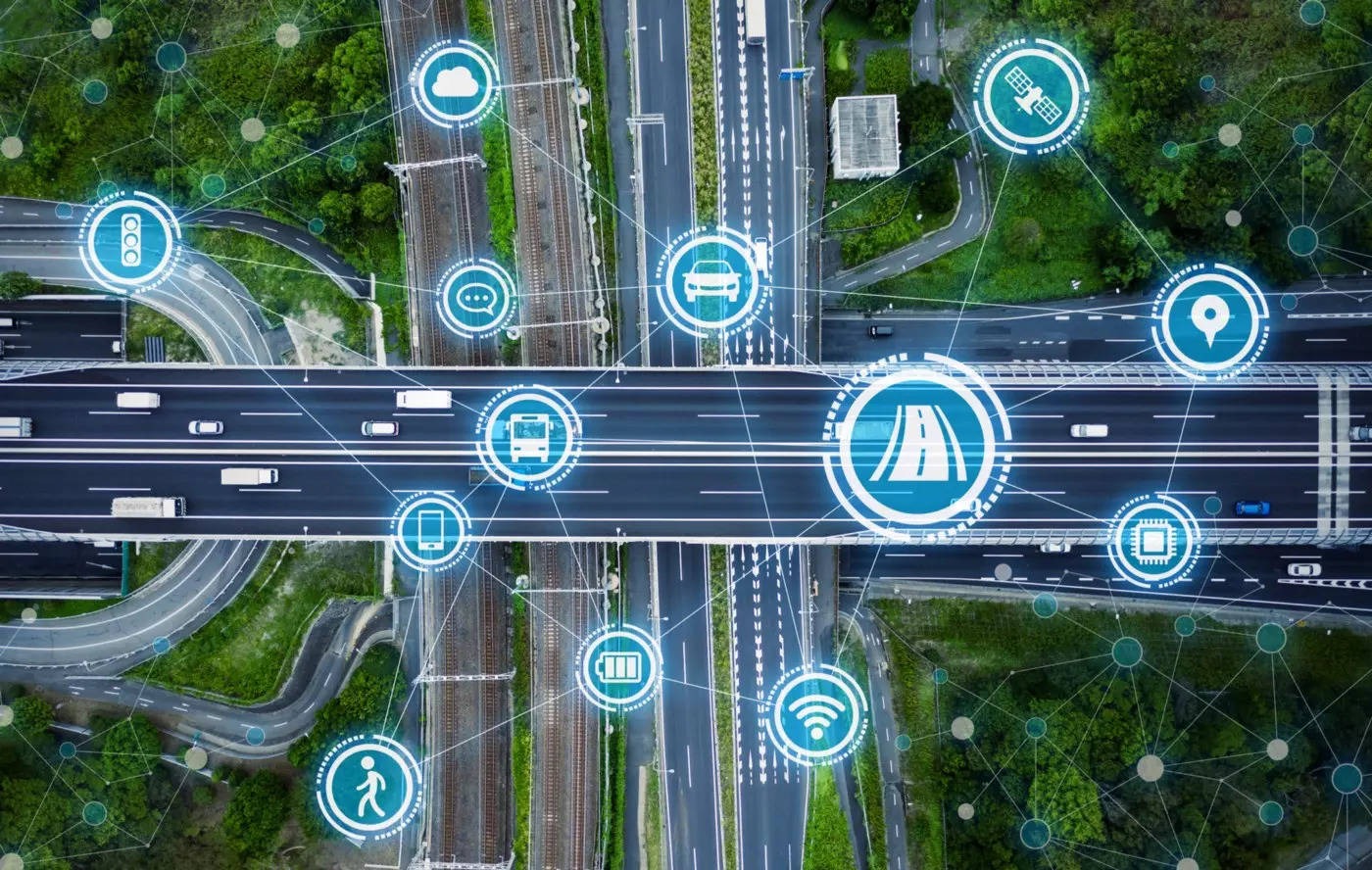Kirin Views is the second series of Kirin Capital towards the goal of “Know Vietnam, Long Vietnam”. This column provides Kirin’s observations and opinions on Vietnamese market through in-depth research driven by an expert team with decades of experience, assisting investors at home and abroad in better understanding the potential opportunities of Vietnam and join hands with “Know Vietnam, Long Vietnam”.

Intelligent Transportation System (Intelligent Transportation System) creates many benefits to the traffic system and traffic participants thanks to outstanding “capabilities” such as Traffic control/information and performance optimization traffic, Electronic Toll Collection; heavy truck control, Support for inter-provincial and intra-city buses; Convenient parking assistance; Improve traffic safety, save energy and protect the environment.
ITS applications have been deployed powerfully recently in Vietnam due to the main driving forces
01 | Clear policy mechanism
Vietnam has an ITS application roadmap issued by the Ministry of Transport, divided into 3 phases: the period until 2015, the period from 2015 to 2020, and the period from 2020 to 2030. Recently, the Prime Minister approved the traffic infrastructure management project to meet the requirements of the 4.0 Revolution. One of the outstanding goals of the project is that by 2025, 100% of expressways and large centrally run cities will install intelligent traffic management and operation systems.
According to the 2021-2030 Road Network Planning, in Decision No. 1454/QD-TTg, the Prime Minister approved striving to implement 5,000 km of expressways by 2030. The total investment capital needed for road development is estimated at VND 900,000 billion.
02 | High determination from local authorities
Many provinces and cities have been urgently building ITS quickly and synchronously. In Ho Chi Minh City, in 2021 – 2025, 7 transportation projects under the city’s intelligent urban program will be prioritized completed.
These projects aim to apply technology to traffic operations and management in the area. Hanoi – the capital of Vietnam is also urgently building an intelligent transportation development project, prioritizing deploying service groups that bring the most practical benefits to businesses, people, and communities. In comparison, it enhances the efficiency of state management and improves the traffic environment. In addition, in many other provinces (such as Da Nang, Hai Phong, Thai Nguyen, etc.), the road traffic system has also gradually developed and invested in a synchronous and modern direction in recent years.
03 | Implement public investment promotion, especially the highway system to improve current transport infrastructure
In the Socio-Economic Development Plan for the 2021-30 period, the Government clearly states that infrastructure development is a top priority to support long-term sustainable economic growth. According to the road network planning for 2021-2030, Vietnam will have 3,000 km – 5,000 km of highways by 2025-2030. Therefore, it will be necessary to complete many projects to achieve the above ambitious goals, thereby creating a large amount of work for businesses building intelligent transportation systems.
Based on the project approved in 2022, the Government has set a target that by 2025, 100% of highways and major cities will install intelligent traffic management and operation systems. We believe that businesses in this niche market will continue to benefit in the medium and long term from the Government’s ITS projects because currently, only 6/21 expressways have ITS systems installed and projects. It is expected that if the plan goes according to plan, there will be an additional 5,000 km of highways with intelligent traffic systems deployed from now to 2030.

